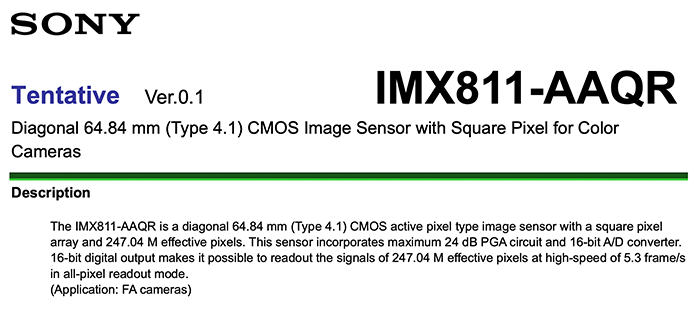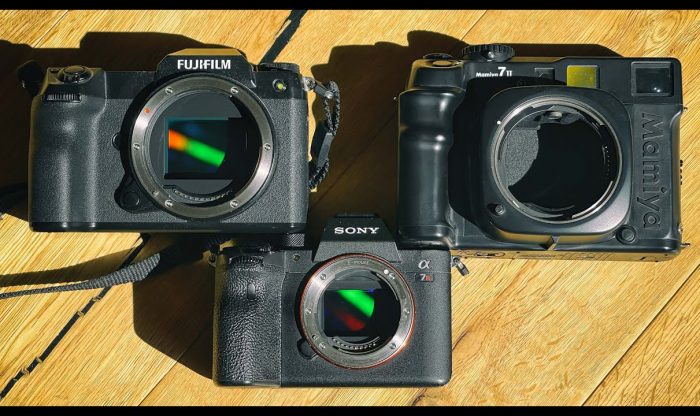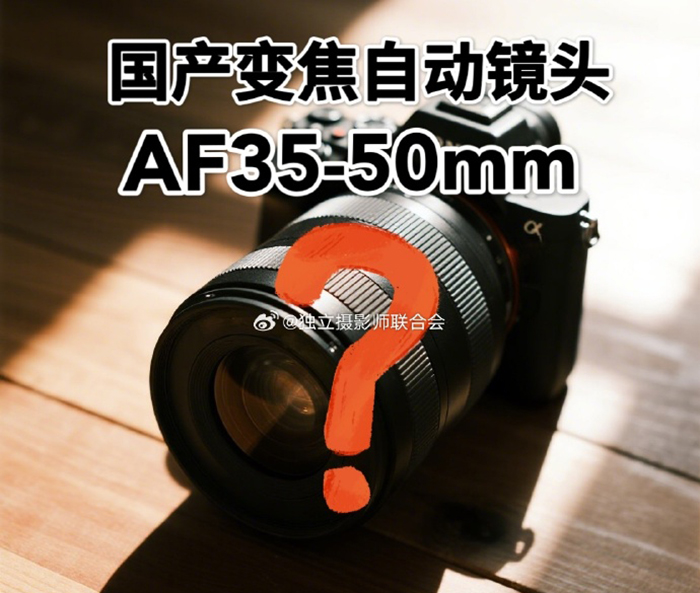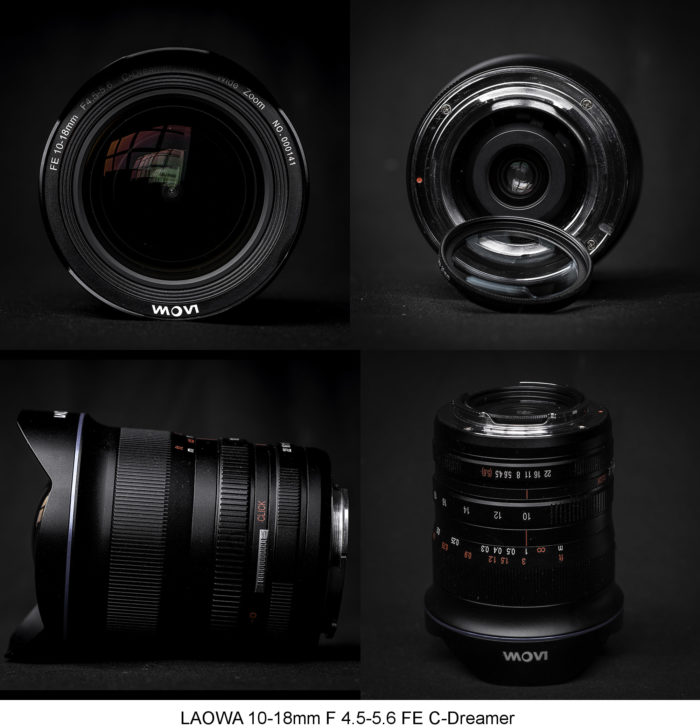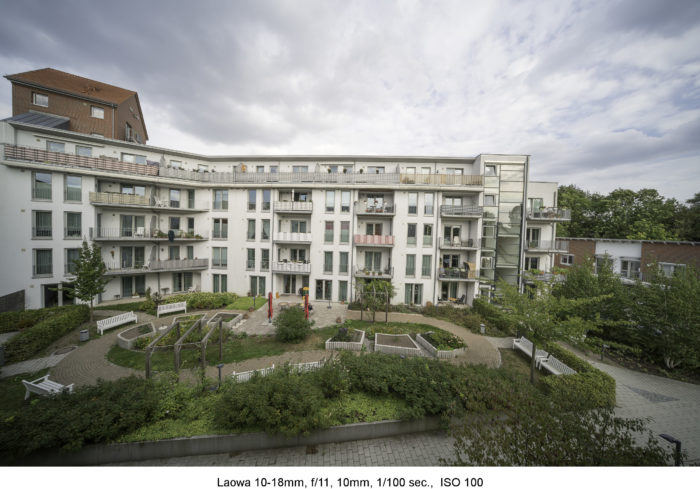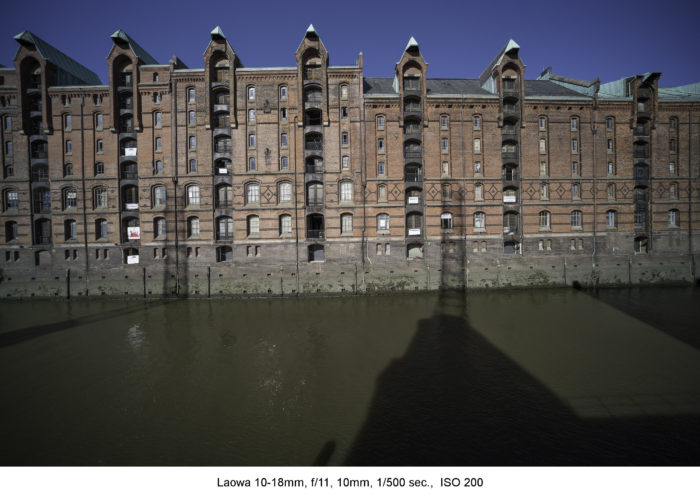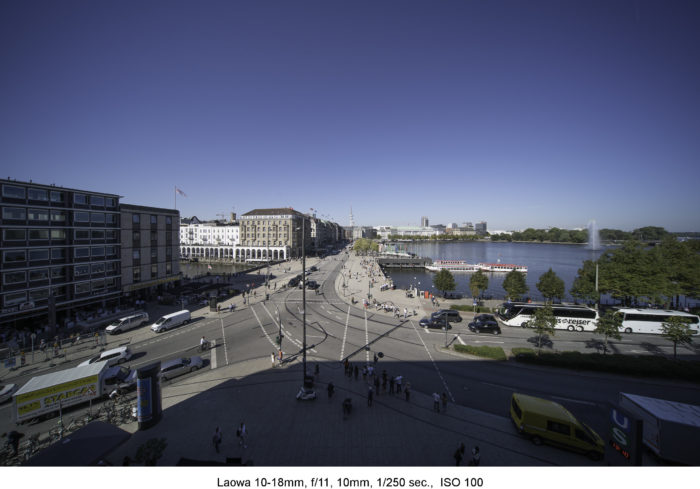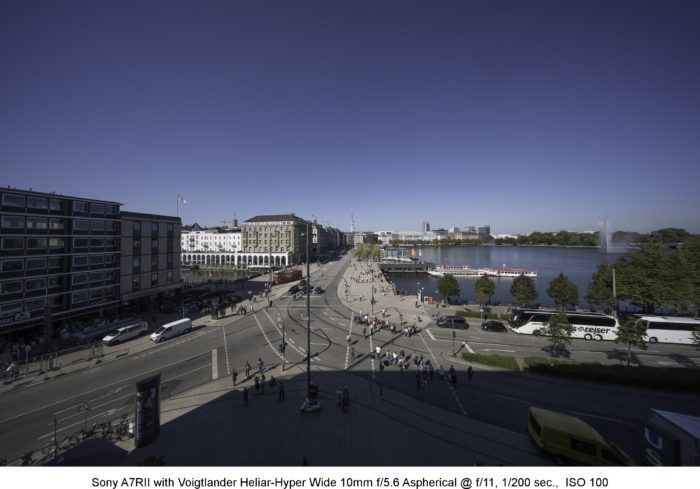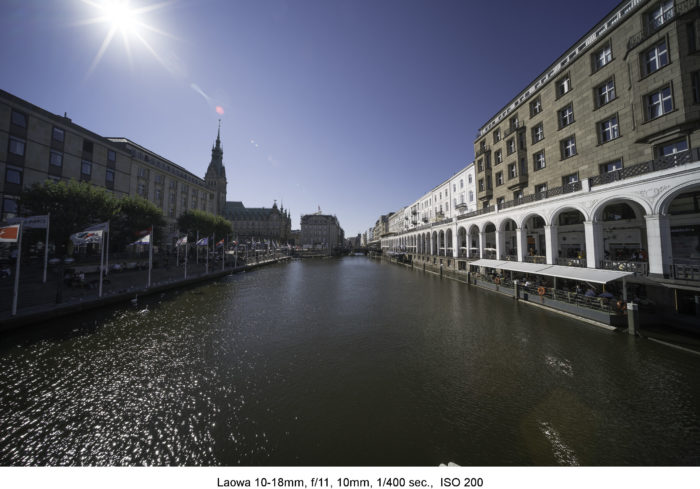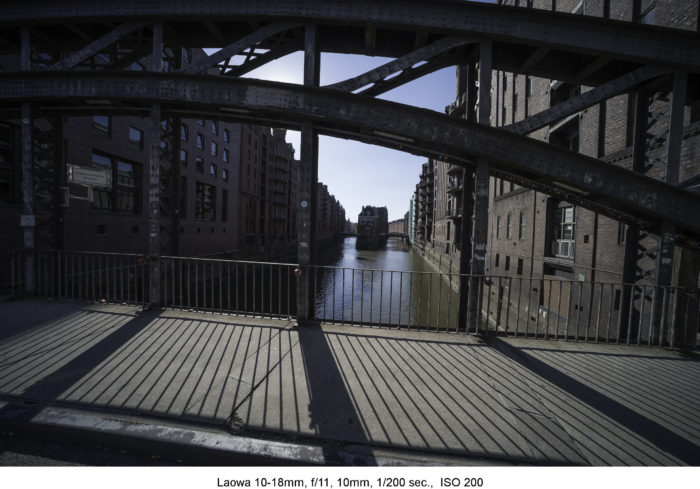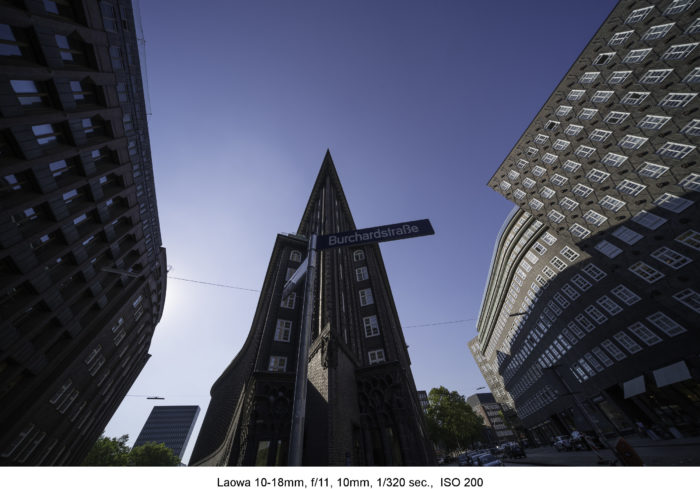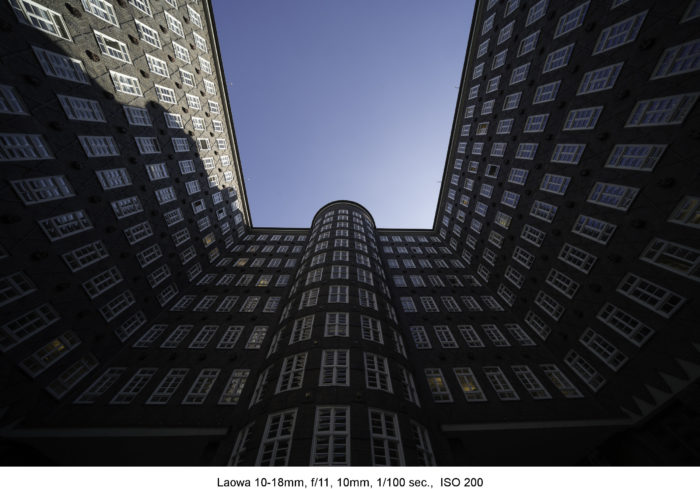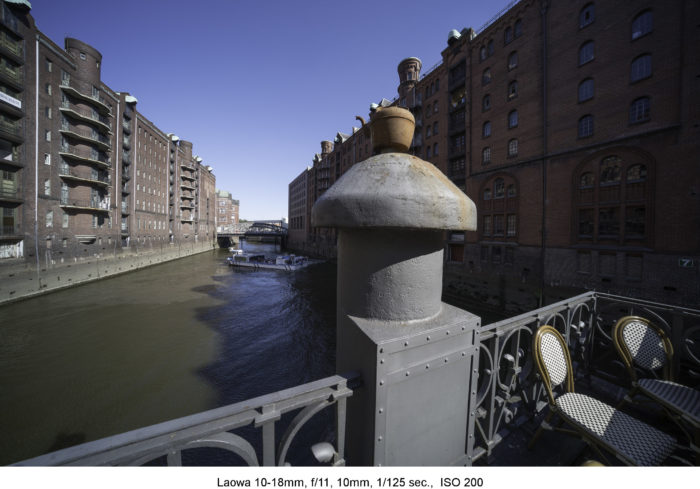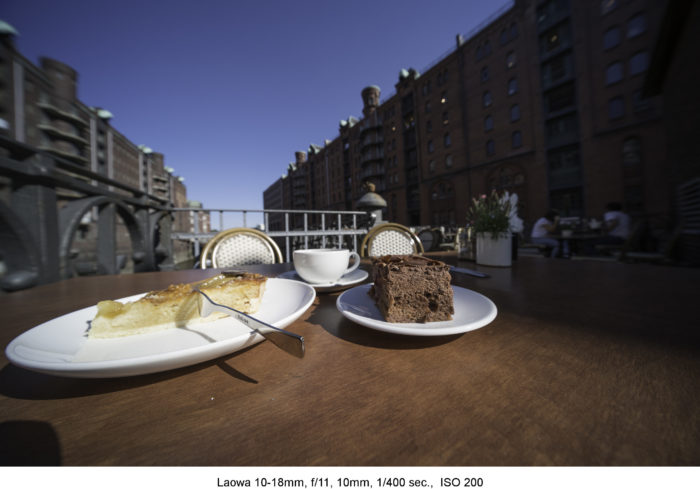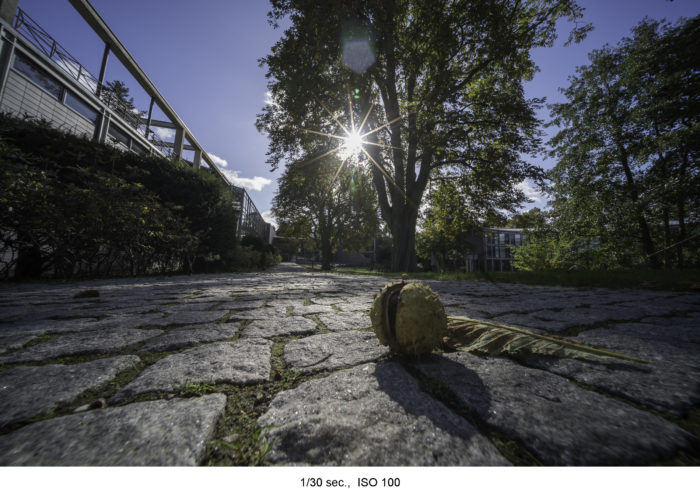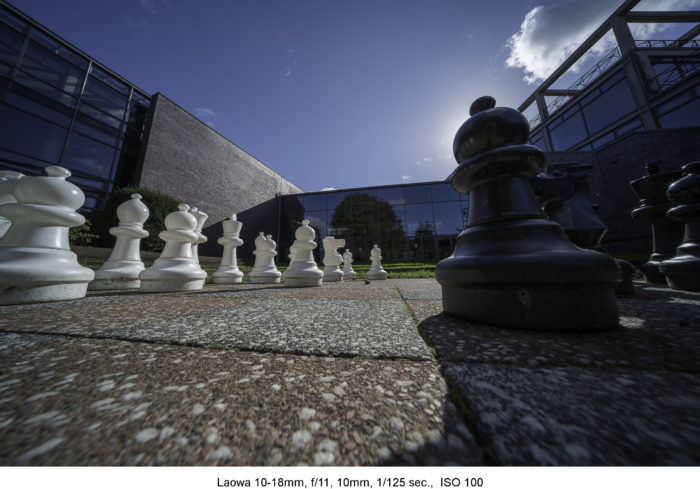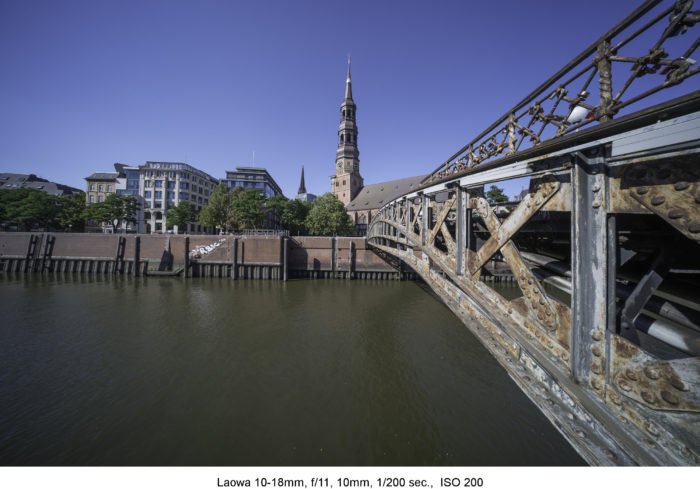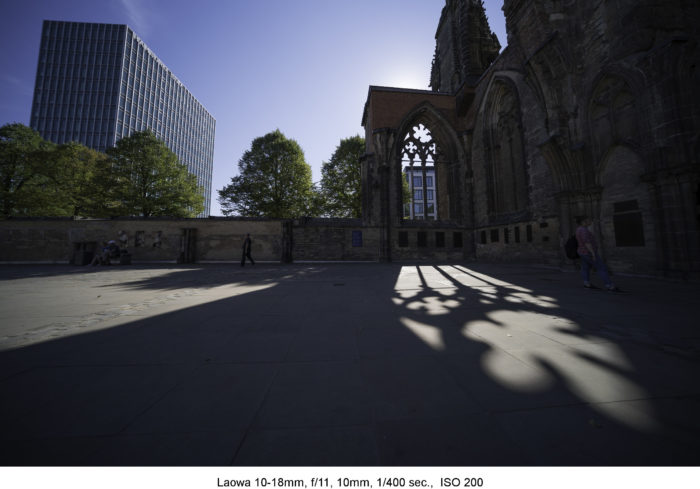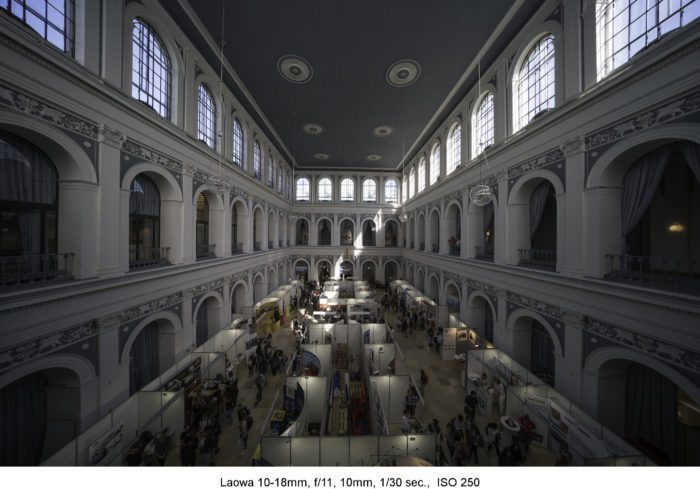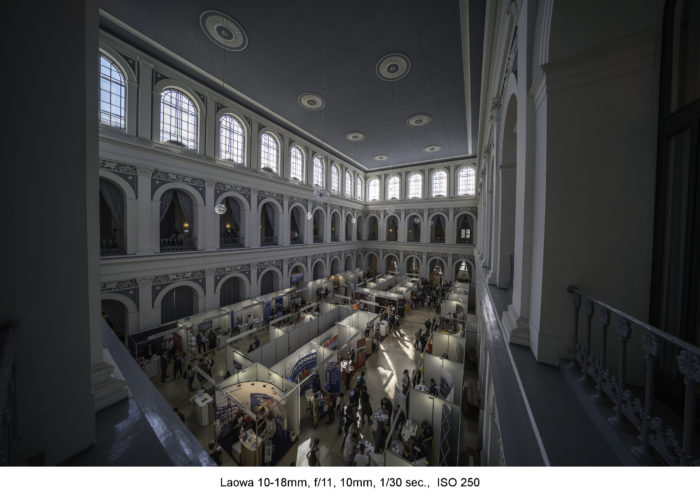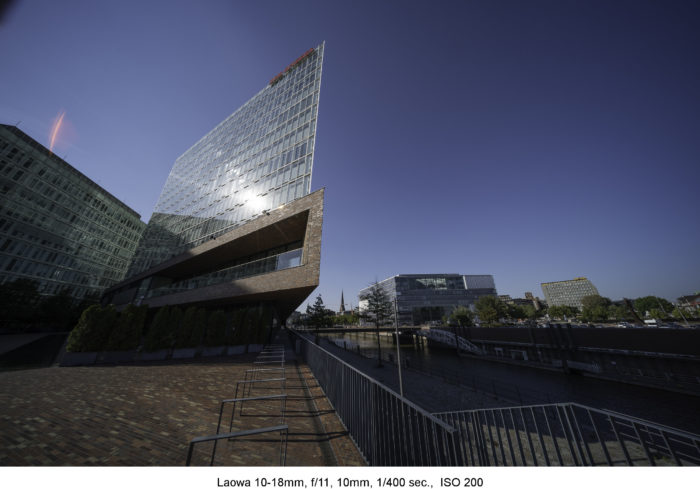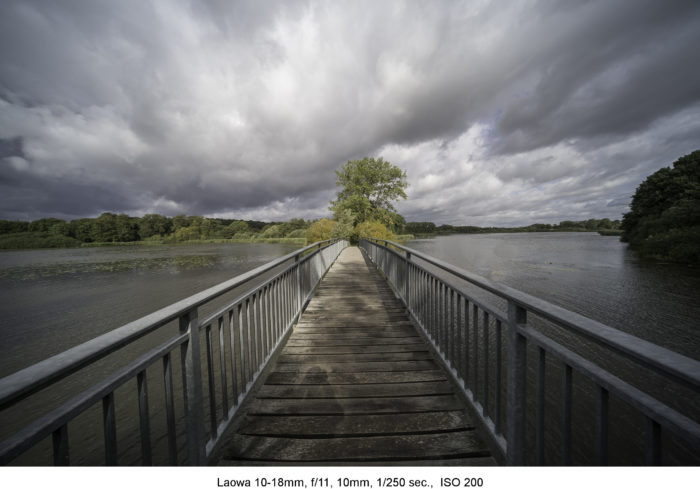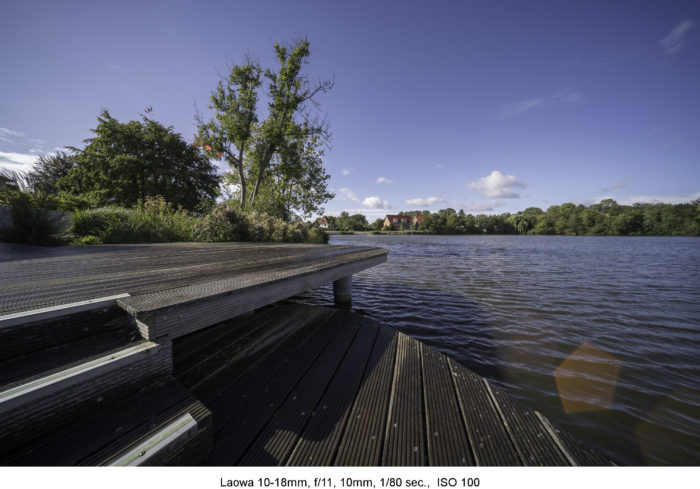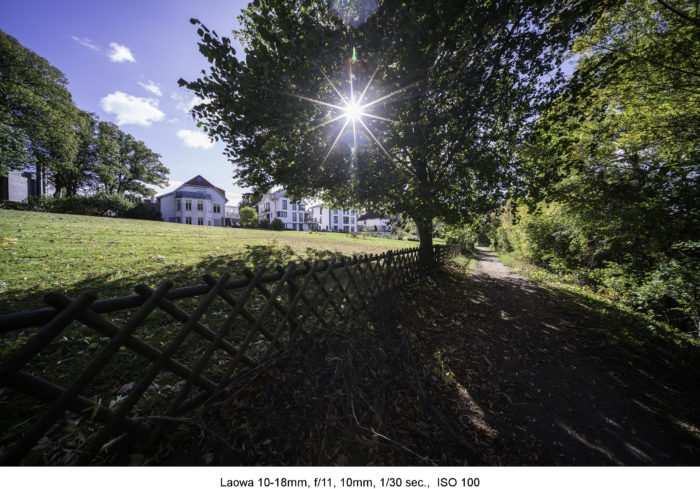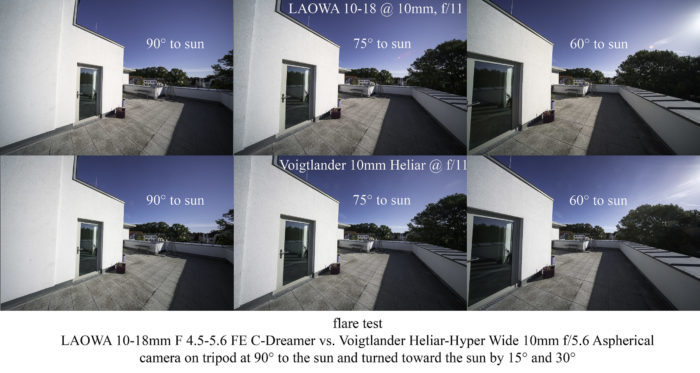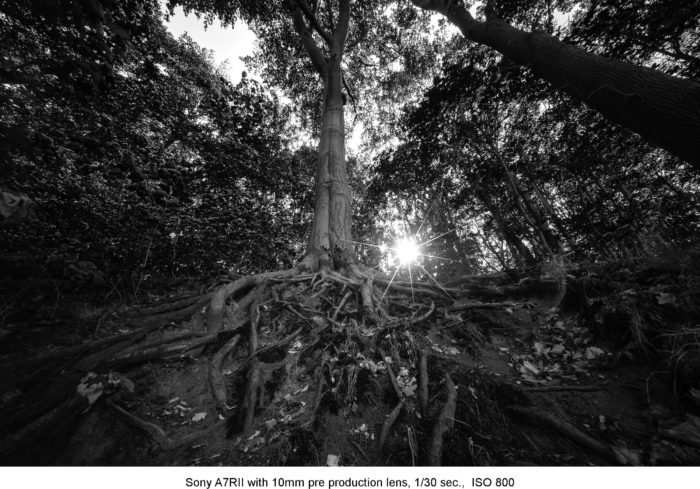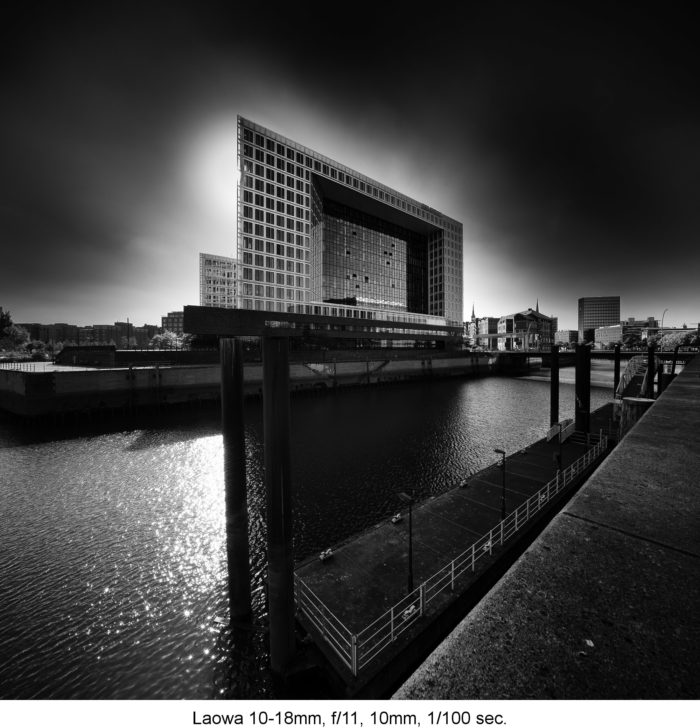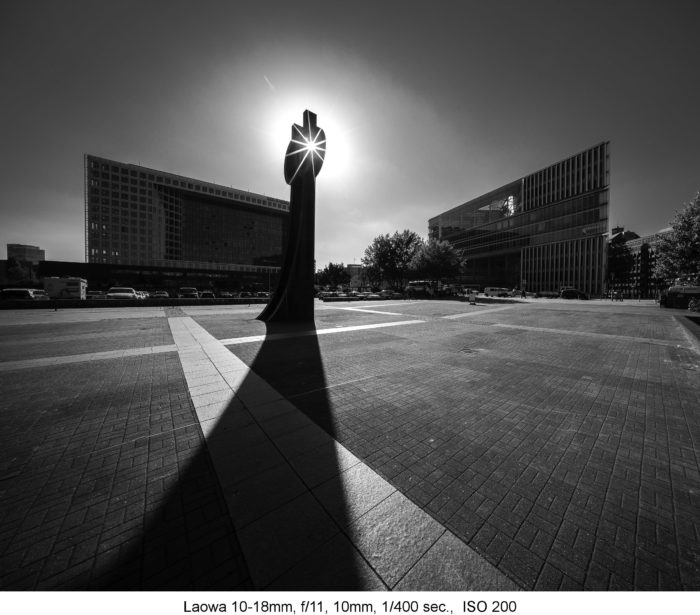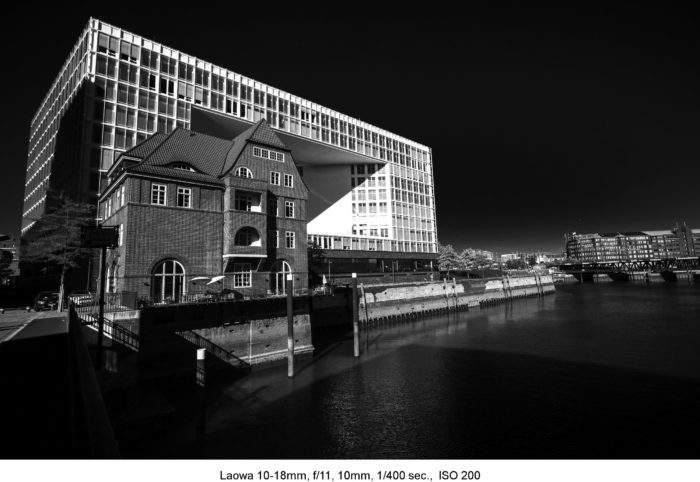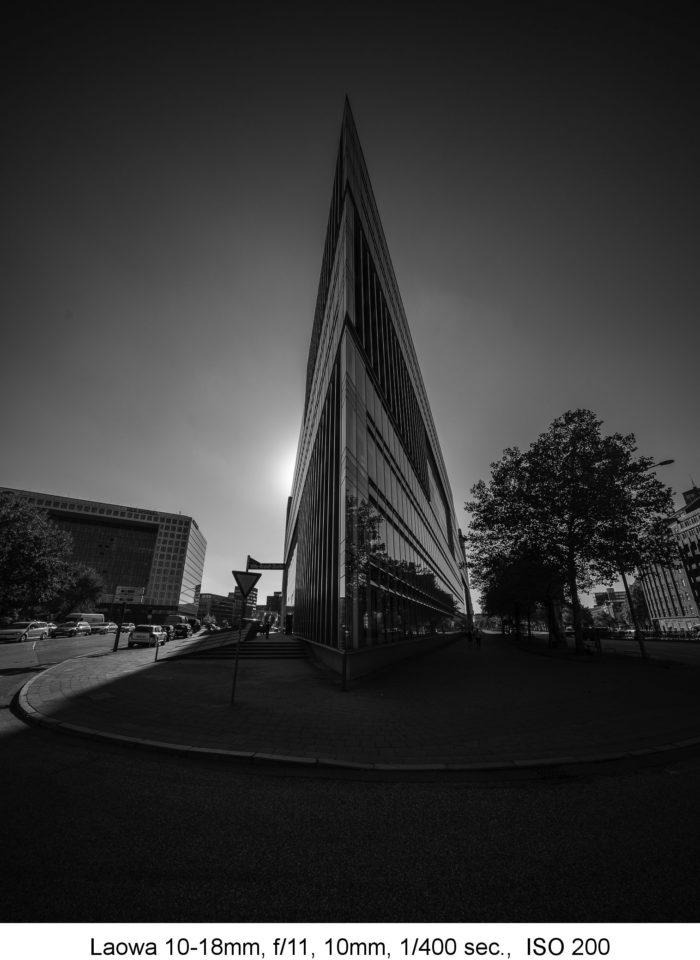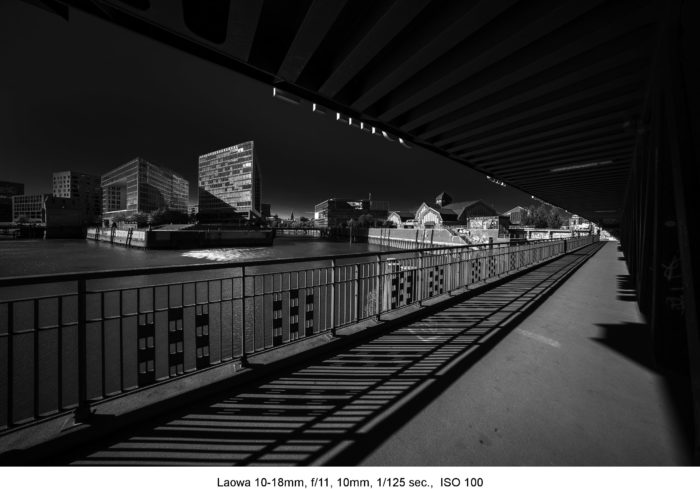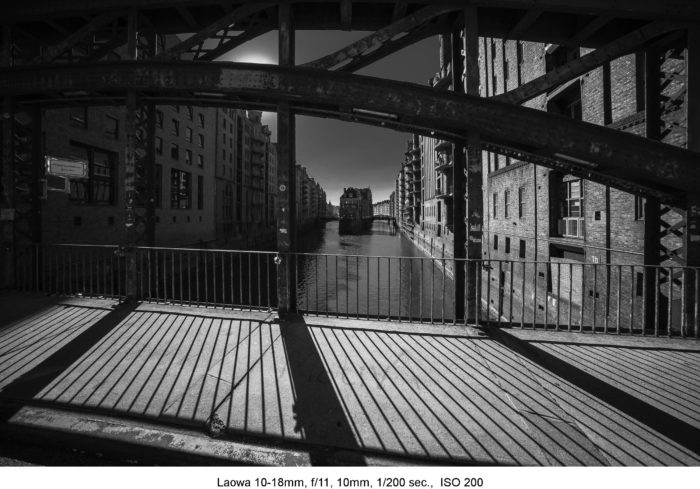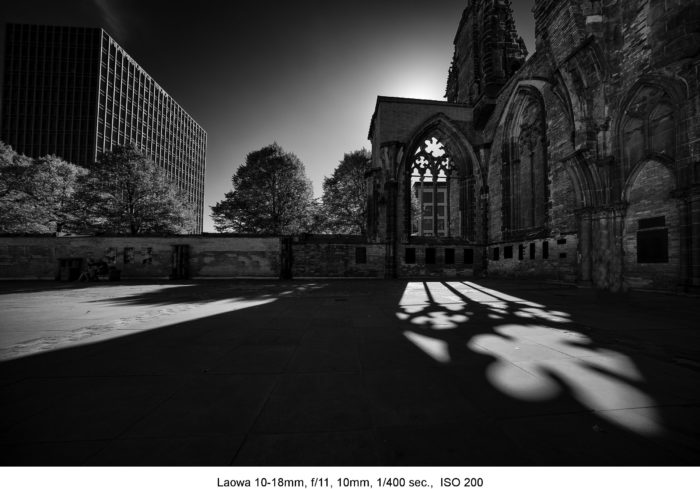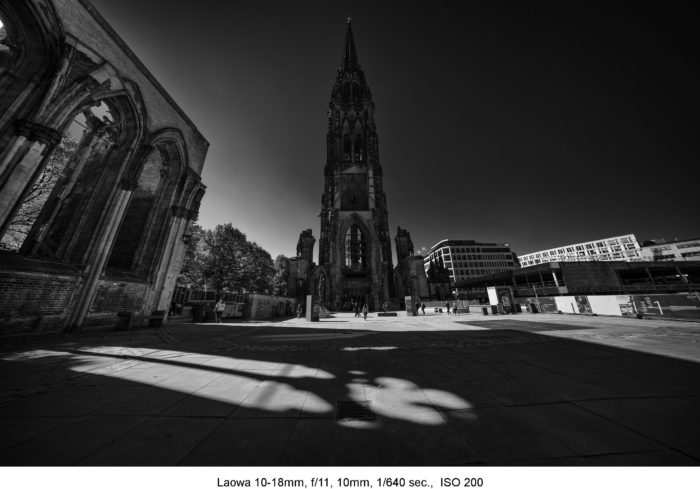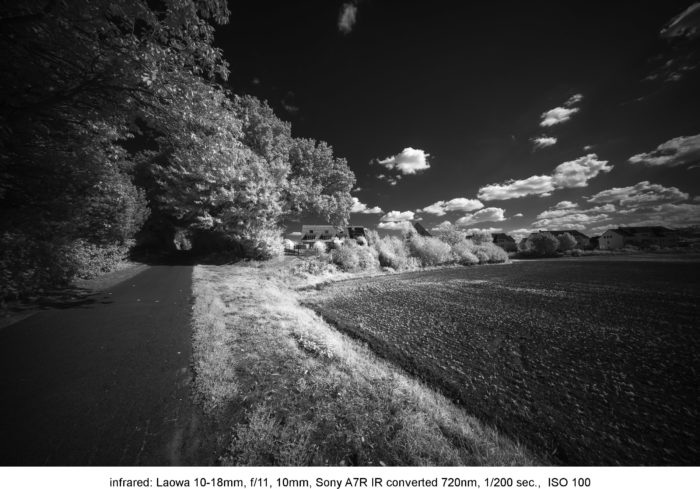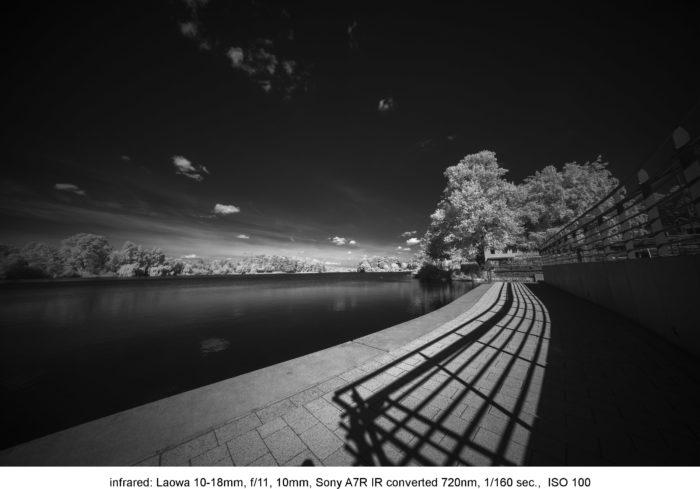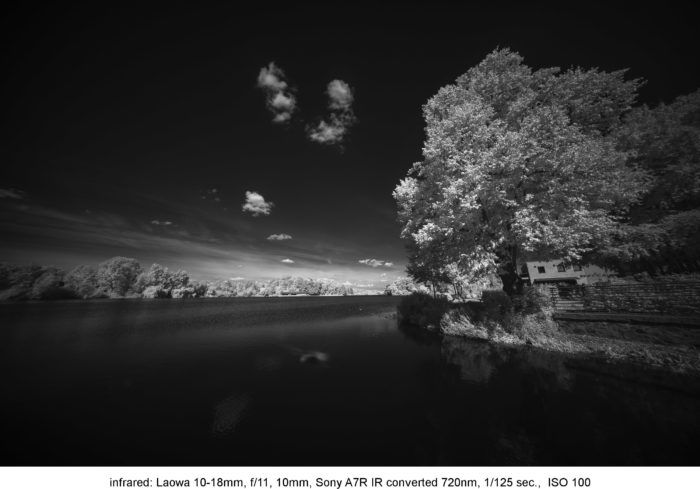First impressions of the LAOWA 10-18mm F 4.5-5.6 FE C-Dreamer Ultra Wide Zoom, a pre production sample (by Dierk Topp)
A few weeks ago we could read about a fascinating new UWA lens from Venus Optics.
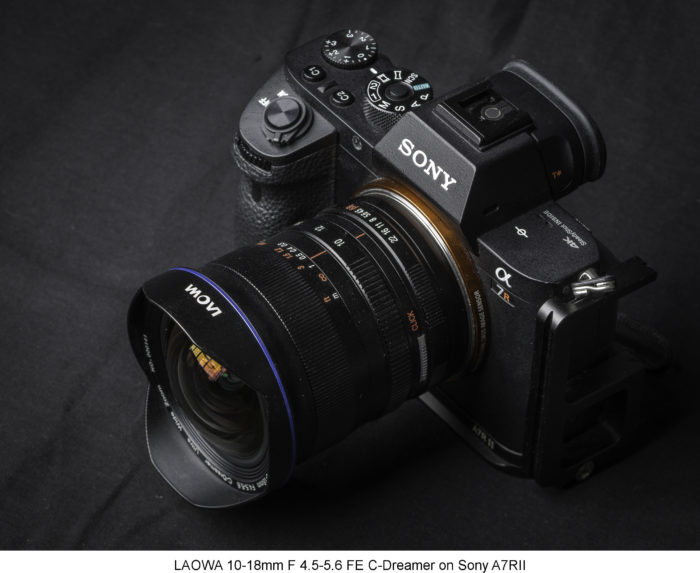
About two years ago I had the chance to test a pre production LAOWA 12mm Zero-D. And now I am very lucky to get a chance to test the new LAOWA 10-18mm F 4.5-5.6 FE C-Dreamer Ultra Wide Zoom. It has a Sony E-mount and I don’t need an adapter as with the 12mm Zero-D.
Venus Optics is a very young company and they offer us very interesting and creative new lenses, that did not exist before. Great for all creative photographers.
I want to mention, that I am not a professional photographer but love photography since decades. And I my mother language is not English, so please be gentle :-)
Instead of just showing the lens with examples at various focal lengths and apertures and center and edge crops I want to concentrate more on the aspects of using such a wide lens with examples. At this focal length almost every mm in focal length makes a difference.
My first impressions with this lens:
Besides the new and impressive focal range it is a very compact lens and feels very solid, about 500 gr. of pure high tech!
It is a fully manual lens, no electronic contacts for EXIF and IBIS control! The camera does not know about the used focal length and can not adjust the correct IBIS setting for example. You should control the correct setting of the focal length in IBIS, otherwise you will get very blurred images even with 1/30 sec. with a 10mm lens! If you use adapted lenses you will know the problem.
There are no marks for DOF and/or infrared (simply no space for it).
No filter thread! With this front element impossible. But looking at the rear of the lens you find a UV filter. I assume, that a filter at this position is included in the total construction and calculation and needs to be there. And it offers the use of tiny (and cheap?) ND filters for long time exposures for example. No idea, if/how a polarizer could work at this position, check out the best angle and mount it on this angle, as I do with range finder Leica. But no slot for rear gel filters like on the 11-24mm Canon lens.
The focus is reasonable smooth on this pre production lens, but the infinity focus is at about the 1m mark, not a big problem for the tests.
There is a DE-CLICK switch for the aperture, may be great for video, I am no video shooter.
I have no info about the aperture blades, I counted 5.
On these pictures on the right you see the detached rear filter
#2
Comparing it with —— with what?
To my knowledge there is only one zoom in this range, the Canon EF 11-24mm f/4L USM with more than twice the weight plus adapter for the E-mount and, as we all expect and hope for the LAOWA, a much higher price.
I compared it with the Voigtlander Heliar-Hyper Wide 10mm f/5.6 (about 410 gr.). The Voigtlander is a prime lens and the LAOWA is only about 18mm longer, and it is a zoom!
Specs
I have no specs today. I have only the lens in my hands, not even a front lens cap and no original box, it came in a box from the 2:1 60mm Super Macro Lens. I big surprise, when I unpacked the package from Venus Optics :-)
When we get the specs you may compare yourself.
Test images with these lenses in full 42 MPixel resolution
For close inspection I loaded all test images in full resolution into a special flickr album (you find the link at the end). I don’t want to show you many crops of these images here but concentrate more on real life images.
In the full resolution images I compared the LAOWA 10-18mm with these lenses on the picture here for comparison of the sizes
#3
- Voigtlander Heliar-Hyper Wide 10mm f/5.6 Aspherical
- Voigtlander (elder version) Ultra Wide-Heliar 12mm M mount with Novoflex adapter
- Leica TRI-ELMAR-M at 16 and 18mm with Novoflex adapter
- Sony 16-35 Vario-Tessar FE at 16 and 18mm
All tests with f/11, for me the ideal f-stop for this lens, resulting in impressive DOF. Using it open does not make very much sense, unless you have to use it in very low light conditions. No processing or sharpening, only the default CA correction of LR6, as there is some visible CA, but that can be handled in post easily.
Here are two examples of the full resolution images, that you find in the flickr album. For close inspection you may dig into the pixels :-)
#4
this series is hand held
#5
Images of normal real life scenes and objects
I want to concentrate on realistic images, that anybody may want to shoot with this lens. You will find all following images and many more in 4k resolution in the special flickr album (link at the end), all hand held at f/11, minimal processing in Lightroom 6.
A view over the lake Alster in Hamburg with the LAOWA set to 10mm, this with 10mm, shots with 14mm and 18mm are in the full resolution folder in flickr
look at the distortions of the cars in the edges, this is the typical result of linear corrected UWA lenses, not a problem of the lens! You find the shots with 14mm and 18mm in the flickr album. Impressive resolution also in the outer parts of the images!
#5
same view hand held with the Voigtlander Heliar-Hyper Wide 10mm f/5.6 Aspherical@ f/11
#6
Looking at these images we get a feeling, that shooting UWA is not always easy. Holding the camera exactly horizontal and vertical is very difficult, most of my UWA pictures have to be corrected in post. And here we get too much sky, and on other situations we get too much and useless foreground. In many situations you find the sun in your pictures or at least the sun flare or shooting with the sun you get your own shadow on the picture.
General thoughts for composing images with UWA lenses: it can be a real challenge!
I would like to start with architecture
The center of Hamburg
again all images hand held. Shooting 10mm in perfect vertical and horizontal alignment is almost impossible, as you will notice in these images. That has to be done in post. You find a flare test and comparison with the Voigtlander further down.
#7
the absolute MUST for any Hamburg visitor and photographer: the Speicherstadt next to the harbor. This one has to be vertical and horizontal corrected in post. Therefor it is good, if you have some room around you object for these corrections.
#8
and the Chile Haus, using the keystone effect on purpose can give some very special images
#9
#10
two more from the Speicherstadt
the nice and famous little restaurant, that can be seen in the center of image #8
#11
I got hungry at that time and used the opportunity for a test shot of my delicious cake on the shortest distance, about 6 cm from the front lens and at f/4.5. As we see here, this lens is not for bokeh.
On this image with the food we see, that you can play with the foreground and show it very big compared to the background and we see the typical geometric distortions for object close to the edges and corners, the left plate looks oval, and you see the shadow of the lens.
Don’t place a friend near to the edges, it will not be your friend any more after seeing the pictures.
#12
more examples with composing with close foreground – and very nice sun star
#13
#14
#15
#16
As expected shooting UWA lenses for architecture you will get severe keystone effects, if you don’t shoot exactly horizontally and control it with internal or external bubble level. And the distortion at the sides can cause some strange effects, for example the corners of buildings don’t not look like 90° any more or windows at the outer edges look far too long distorted. This is especially for indoor architecture a problem and a 24mm T/S may often be the better choice.
These examples show this effect with indoor shots
camera exactly in the center of the building
#17
and from the corner
#18
This one just for fun: the corner of this building form the German Newspaper ‘Der Spiegel’ is not 90°!
The dark left corner is from my hand to protect the lens from the sun. On this one and some others I found this very strange orange flare from the reflections from the windows in the center? It will be very difficult to removed it in post.
#19
You find many more architecture images in the flickr album.
Using 10mm for landscapes?
Using UWA for landscapes you often get too much foreground and the sides get very/too much distorted. For example the branches of trees look very unnatural and too long. Even the clouds look different and stretched in the corners. This has to be considered very carefully. As said, the distortion of the object (not distortion of the lens!!) at the edges and the foreground can cause some problems for the composition.
Is it for landscapes? If your landscapes have fast moving parts like water and waves and you need to get it in one shot and you want that super wide view – yes, if not, stitching with a longer focal length is an option.
If I want an even wider angel of horizontal view, I prefer stitching. A side effect is, that you get any high resolution, that you want. But the draw back for cityscapes and architecture: you get the typical round buildings as with any camera with rotating lenses. For example, when using the built-in panorama function or with panorama cameras like the Noblex cameras. For stitching landscapes a longer focal length often is better than an extreme wide angle.
A few examples to show the problems, that you may get shooting UWA for landscapes with sun shine.
Shooting with the sun, you very often have the problem, that you get your own shadow on the picture
#20
Shooting with the sun from the side you very often get the sun flares into the picture
#21
Shooting against the sun you have the chance to get some nice sun stars but also with extra flare spots
#22
The last one is a test of the flare sensitivity
camera on a tripod first image exactly 90° to the sun, then turned it by 15° towards the sun for the second shot and by 30° for the third shot. On the third shot the sun is at the border of the image.
#23
The following images processed the way, I like to process my wide angel shots
#24
Hamburg
#25
#26
#27
this building not as ‘sharp’ as it looks on this image but by far less than 90 degrees
#28
#29
Hamburg Speicherstadt
#30
Hamburg, Mahnmal St. Nikolai
#31
#32
shooting infrared
These following 3 images are made with my Sony A7R infrared converted (720nm)
I have been interested, if the lens shows a hot spot, a typical effect on some lenses, showing a large much brighter area in the center. For me I don’t see a problem! But the same as with the Voigtlander, you can not focus infinity, but at f/11 and 10mm the DOF is high enough for sharp images.
#33
#34
#35
The links to the images in my flickr
the 42 MPixel full resolution architecture shots are here
all other images and many more in about 4k resolution are here
and here you find all the LAOWA lenses from Venus Optics
What are the alternatives?
zoom
the Sony FE 12-24mm F4 G, only 12mm wide, electronic contact for EXIF
some other zoom lenses like Canon 11-24mm, but with adapter
10mm, calculated horizontal angel of view: 122°
only the Voigtlander 10 mm f/5,6 Hyper Wide Heliar, electronic contact for EXIF, e-mount
12mm, calculated horizontal angel of view: 113°
the Voigtlander 12 mm f/5,6 Ultra Wide Heliar, electronic contact for EXIF, e-mount
the LAOWA 12mm f/2.8 Zero-D, no electronic contact for EXIF!, a huge and heavy SLR lens with a long tubus for the e-mount, no electronic contact for EXIF
15mm, calculated horizontal angel of view: 100°
on 15mm we have many alternatives like the 15 mm/1:4,5 Super Wide Heliar or the LAOWA 15mm f/2 Zero-D
I did the calculations, very easy on this german website for all kinds of calculations.
My personal conclusions
As expected this lens has a spectacular broad field of application, stopped down the IQ is impressive even close to the edges. The distortions are higher than with the Voigtlander and also the flares. A general consideration for or against a wide angle zoom is, how often I will use the longer focal lengths? I checked the use of my 16-35mm and found, that more than 50% I used it at 16mm!
An impressive lens and a difficult decision :-)
I hope, that these images are of some value for you and can help you to find out, if it is the right tool for you and a ‘must have’ … or want have? :-)
Happy shooting
dierk
